Cinnamon sticks can be used to flavour drinks and desserts. This spice is easy to find in grocery stores and is an important part of many different kinds of food. Cinnamon has a spicy taste because it contains cinnamaldehyde, which is the most well-known aromatic compound.
Table of Contents
What are cinnamon sticks?
Cinnamon is a spice made from the inner bark of the tropical Cinnamomum tree, which is also called the cinnamon tree. Cinnamon is sold as rolled quills or as a fine powder.
Cinnamon comes in many forms, but the most common is cassia cinnamo, which is also called Chinese cinnamon. Cassia cinnamon is popular in East Asia and the US. It has dark, thick, coarse quills that are shaped like a double spiral. It tastes bittersweet and spicy because it has a lot of cinnamaldehyde. Cinnamon is often used in sweets, savoury dishes, and alcoholic drinks. It has anti-inflammatory properties and is full of antioxidants.
What Is Cinnamon Bark?
- Cinnamon is an old spice that comes from the inner bark of the cinnamomum genus of tropical evergreen trees.
- Carefully drying strips of the inner bark until they curl into rolls makes cinnamon sticks or quills.
- Cinnamon is originally from China and Sri Lanka, but it is now grown in a lot of tropical countries in Asia, Europe, and the Americas.
- Bay leaves and cinnamon spice are related in a loose way because they both come from the same family of trees.
- There are different kinds of cinnamon for cooking that come from different kinds of trees and can be bought at the store. Knowing the difference could help you choose the best kind of cinnamon.
What does it taste like?
Cinnamon has a very unique taste that is both sharp and sweet. It smells and tastes like wood. It can be used to make a dish smell and taste better. If you put cinnamon in a dish, especially cinnamon powder, you will definitely taste it. Cinnamon is in the group of warm, sweet spices.
Cinnamon tea:
It’s extremely easy to make cinnamon tea. Just bring a cup of water to a boil and drop in a 1/2-inch cinnamon stick. Put water on low heat for 3–5 minutes. Take the stick out before you serve.
Different ways to cinnamon sticks:
Cinnamon sticks, or cinnamon quills, can be used in hot drinks, stews, pies, curries, and casseroles, among other things.
- In hot cocoa: Make some hot cocoa with marshmallows and milk for the winter. Use the cinnamon stick to stir your drink. After the stick has been in the hot chocolate for a while, it will start to break up, giving the drink a nice cinnamon flavour.
- In apple: A classic apple pie can be made spicier with the help of fresh cinnamon sticks. Put three whole cinnamon sticks in your coffee grinder and pulse them until the cinnamon is finely ground. Follow the directions in your recipe to measure out the cinnamon and mix it with the other ingredients. When the pie is done, put vanilla ice cream on top and sprinkle the rest of the ground cinnamon on top.
- In and as cinnamon tea: Hot water and cinnamon sticks are all you need to make tea. In a small saucepan, put one cinnamon stick and one cup of water. Bring to a boil, then turn down the heat and let the mixture cook for 15 minutes. Take out what's left of the cinnamon stick and pour the tea through a strainer to catch any big pieces of cinnamon. Drink it hot, and if you want, add lemon, milk, or cream.
- In phở broth: Cinnamon is a key ingredient in many tasty Asian dishes, like ph. Add a cinnamon stick to your broth when making ph to make it taste better. When the broth is ready, take out the stick and any other herbs you added, like bay leaves or thyme, before serving.
- In basmati rice. If you are making a curry or a sweeter Persian rice dish with raisins or dried cherries, you can add a cinnamon stick to the rice for a warm, woodsy flavour.
Can cinnamon sticks dissolve?
Even if you grind cinnamon sticks, the spice won't fully dissolve in liquids or other mixtures. Because they are made from the bark of cinnamon trees, these rolls are too fibrous to dissolve completely. This is true even for the finer cinnamon powder you can buy in grocery stores. Cinnamon sticks and ground cinnamon both absorb water and float to the top of drinks when they are added.
People have known for a long time that cinnamon is a tasty spice, and now science has proven what people have always felt. Here are ten scientifically proven ways that cinnamon is good for your health.
1. Helps fight various kinds of infection
Cinnamaldehyde, which is cinnamon's main active ingredient, may help fight off different kinds of infections. Cinnamaldehyde is an essential oil that can kill bacteria, viruses, and fungi. It is found in the bark. It stops the growth of bacteria like salmonella and stops fungi from causing lung infections.
2. Full of antioxidants
Antioxidants can reduce oxidative stress, which has been shown to damage cells and contribute to almost every chronic disease, such as type 2 diabetes. Cinnamon is full of antioxidants like alpha-carotene, beta-carotene, and choline. Cinnamon is so strong that it keeps food from going bad on its own.
3: Lessens pain and swelling
Cinnamon kills the infection and heals the damaged tissue. It has a chemical called cinnamaldehyde that helps reduce swelling and keeps blood platelets from sticking together. It can help with both short-term and long-term pain, like that caused by arthritis. Cinnamon also makes the blood flow better and pushes it to places where blood flow isn't good, like the joints.
4: Manages type 2 diabetes
Insulin is a hormone that helps control how much sugar is in your blood and how fast your metabolism works. Cinnamon helps insulin work better and keeps blood sugar levels steady when you eat it every day. It slows down how quickly carbs are broken down in the digestive tract, which means less glucose gets into the bloodstream.
5: Lower the level of cholesterol
Cinnamon has a chemical called cinnamate that may reduce the activity of an enzyme that makes cholesterol. This reduces the amount of fatty acids in the blood. It helps get rid of the bad cholesterol in your body, which makes heart disease less likely.
6: Controls blood pressure
There is some evidence that eating cinnamon is linked to a short-term drop in blood pressure. It also helps lower cholesterol levels, which makes heart problems less likely.
7: Helps fight cancer
Cinnamon can help fight against cancer. It stops cancer cells from growing and stops blood vessels from growing in tumours. Cinnamon protects against cancer, especially colon cancer, when it is eaten every day.
8: Combats acne
The best thing for skin health is cinnamon. It helps get rid of the bacteria that cause acne. Make a paste out of three tablespoons of honey and one tablespoon of ground cinnamon to make a mask for acne. Give it 10 minutes to work, then wash it off.
9: Makes skin smoother
Cinnamon makes your skin look smooth and shiny. As you age, collagen and elastin in your skin break down, which makes your skin lose its elasticity and look dull. There are a lot of lotions that have this protein to help skin get back to its natural elasticity, but cinnamon extract is the best.

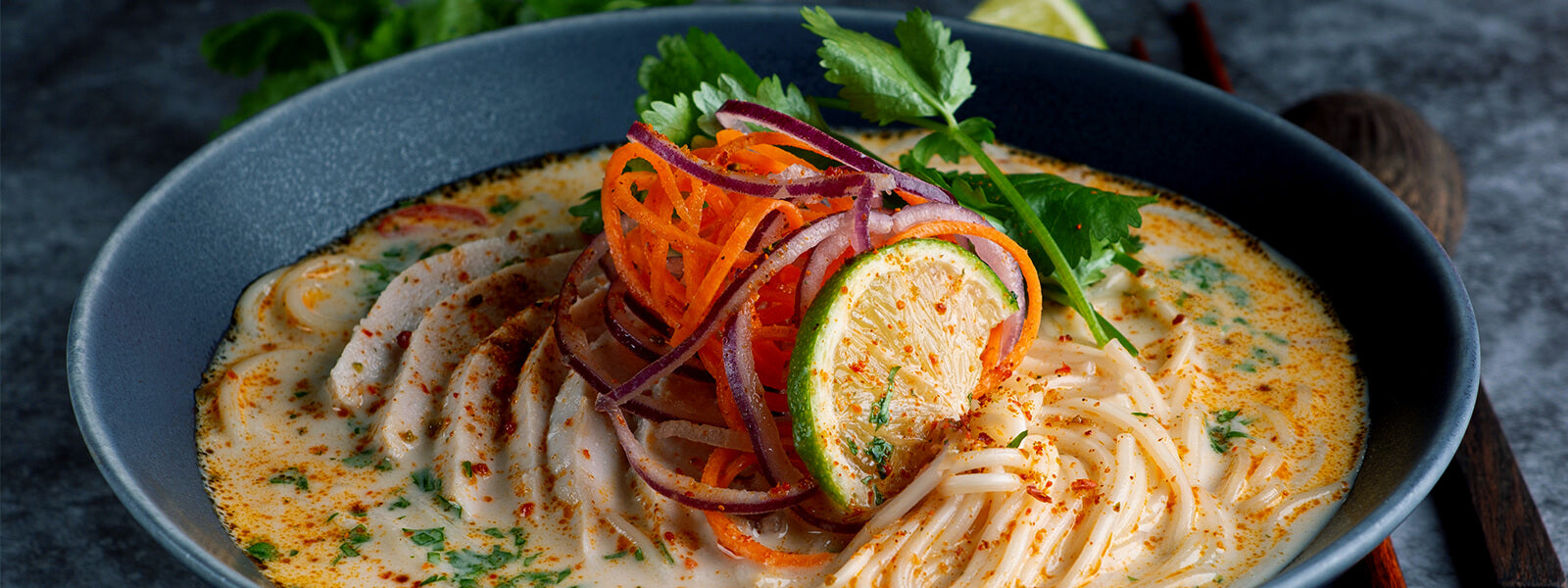
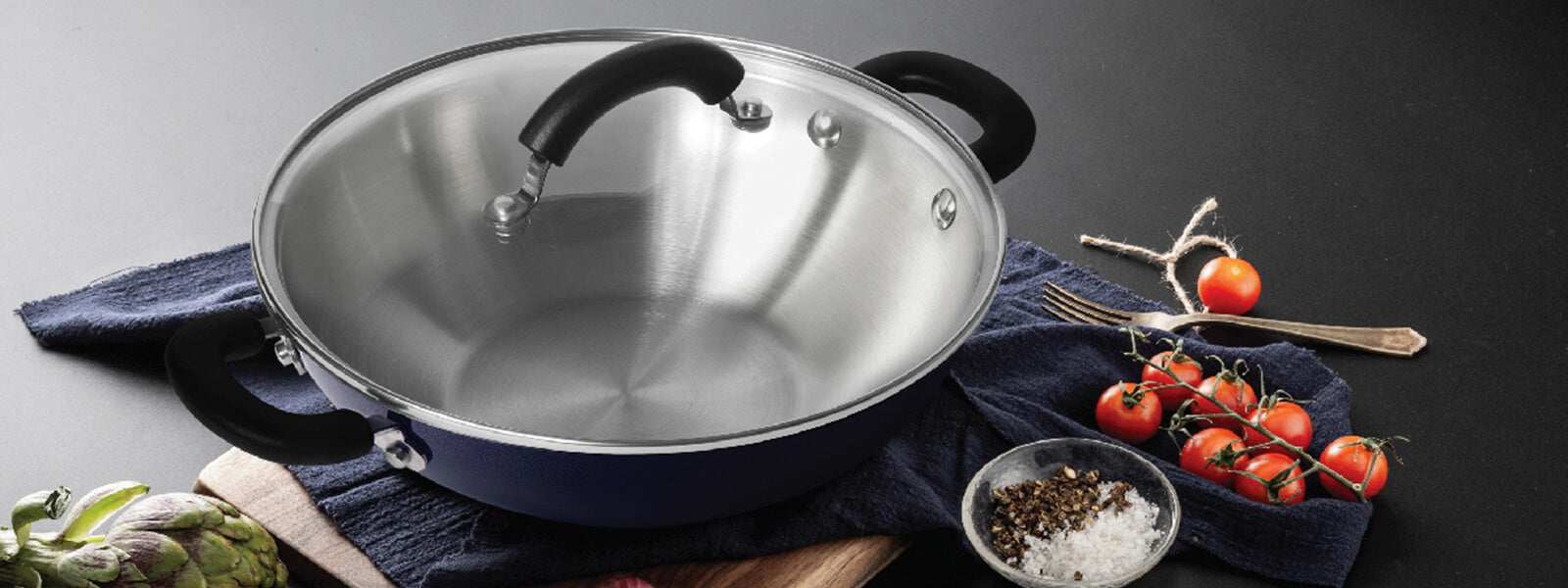
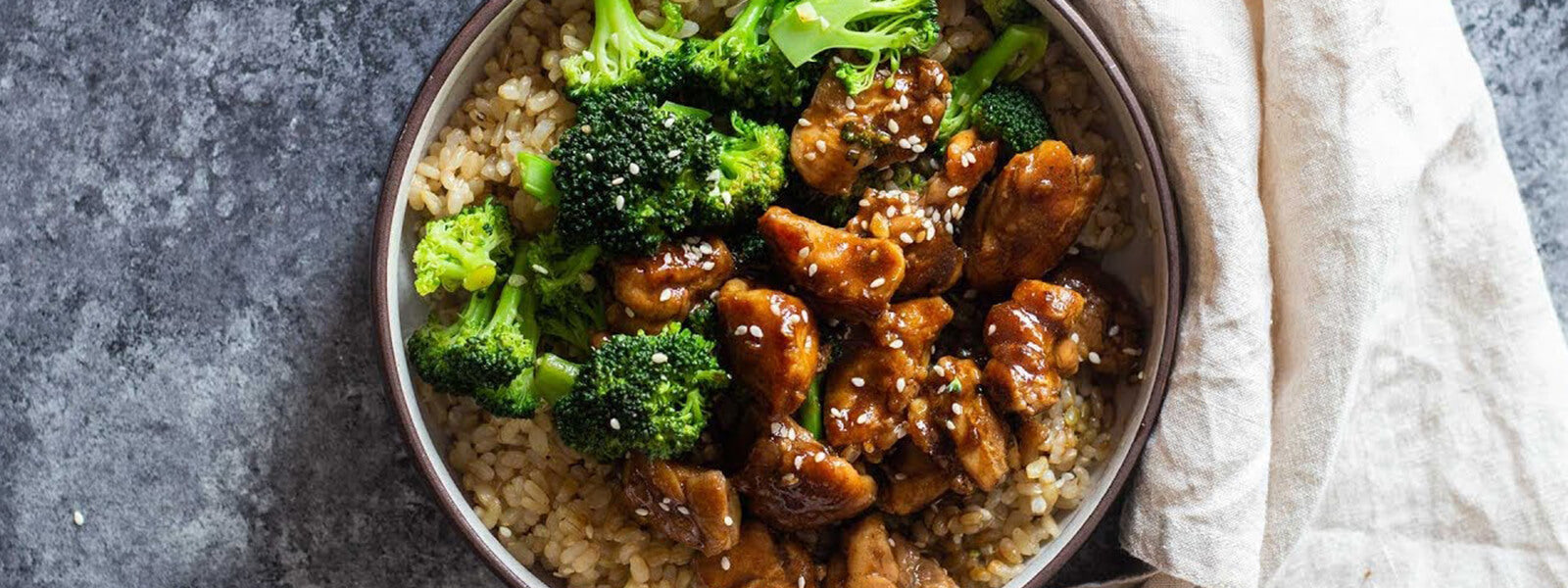

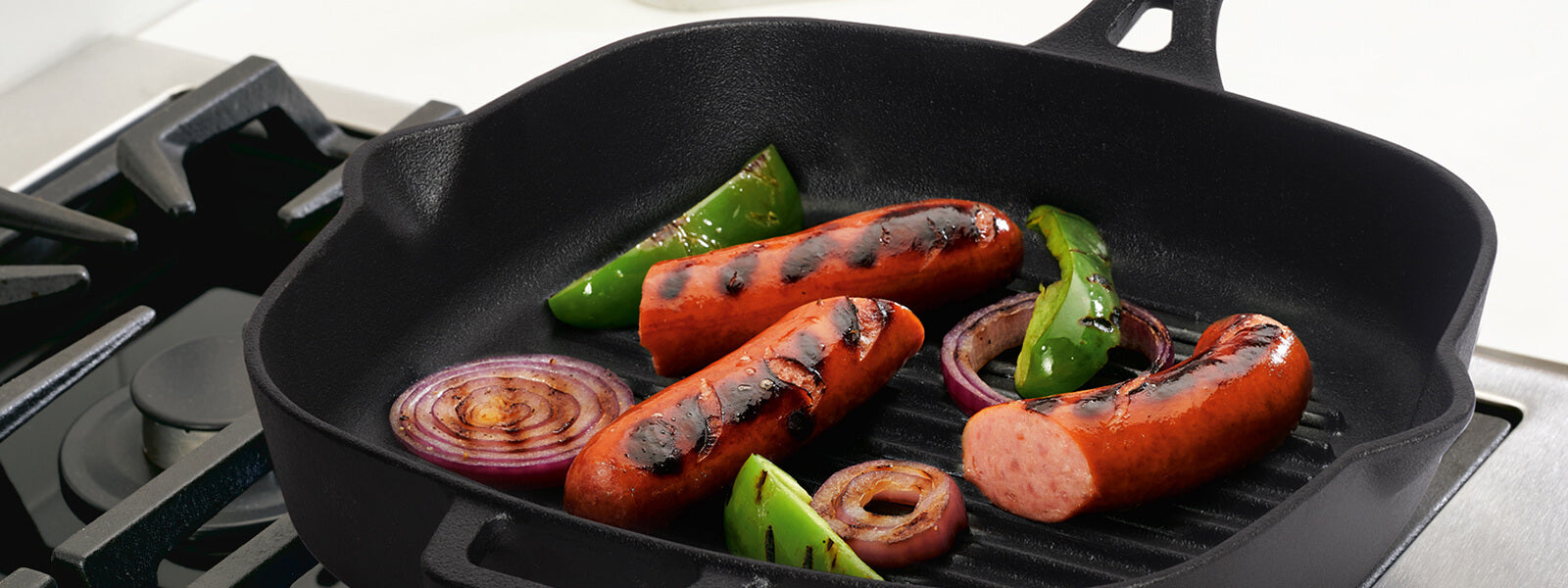
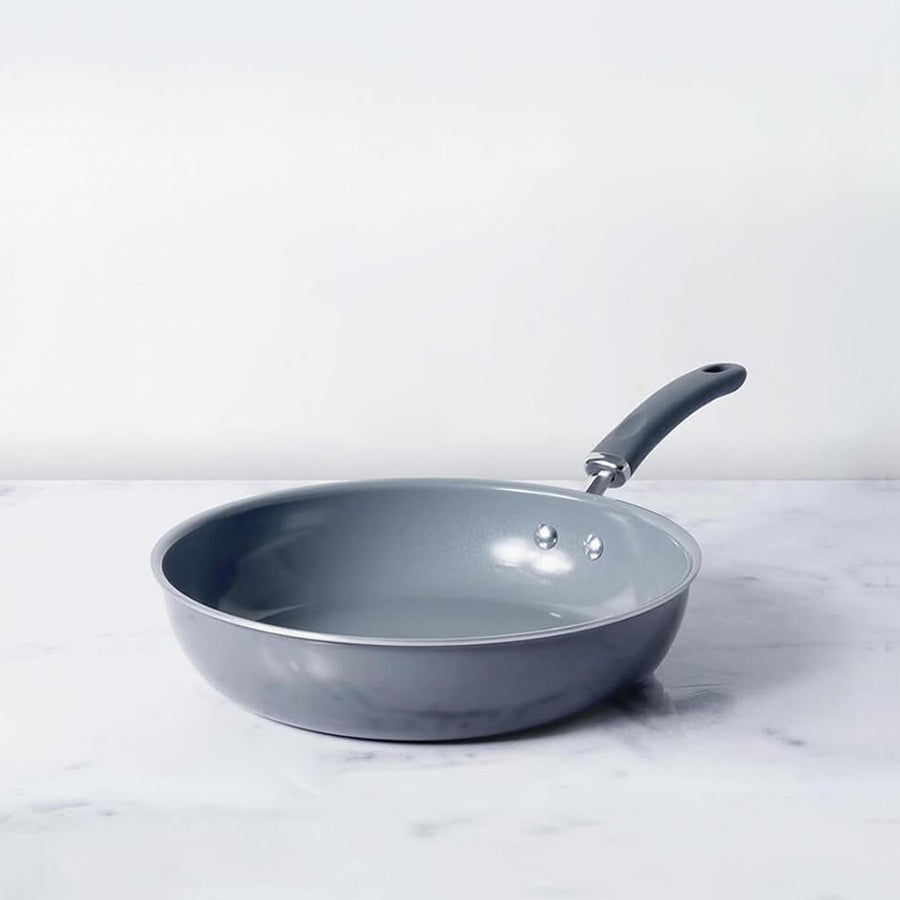
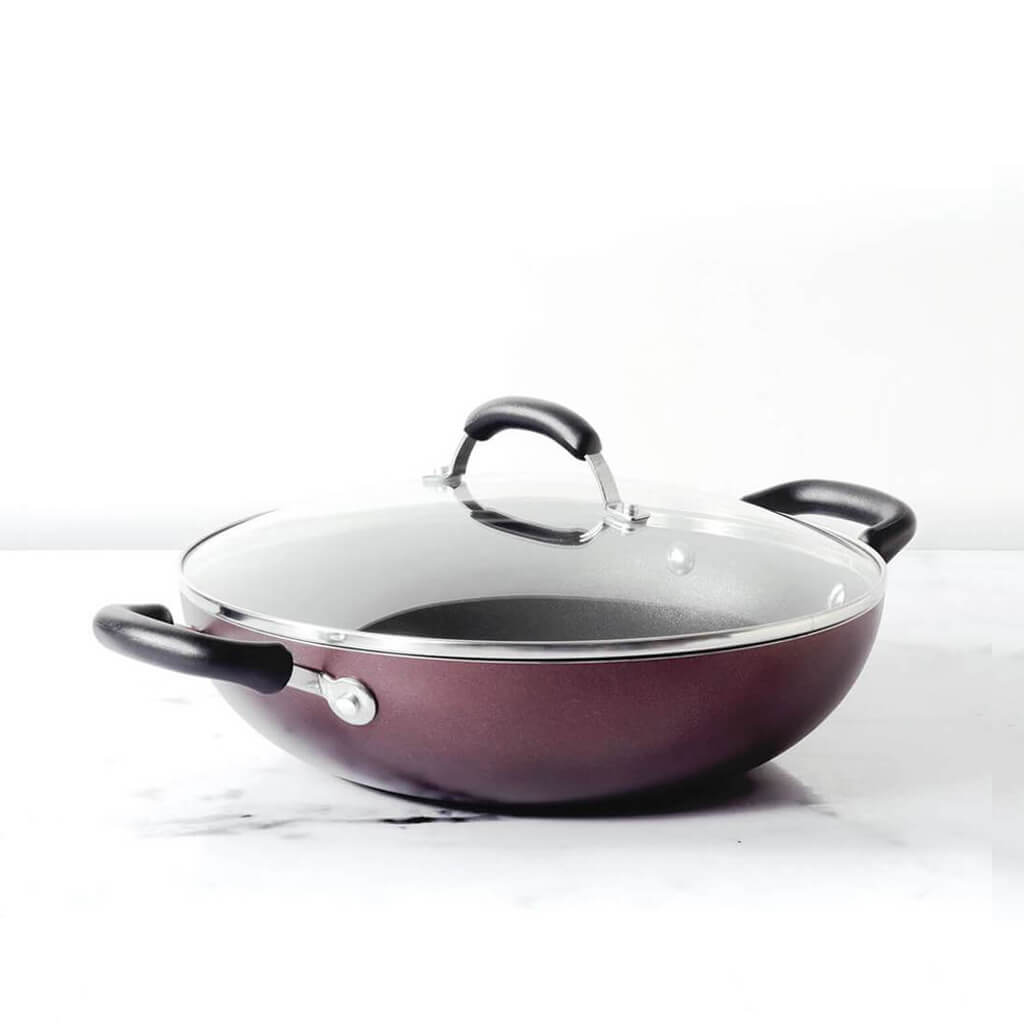




Leave a comment